Healthcare is one of the most vital fields in society — it’s a space where advancements cannot happen too fast and mistakes or inefficiencies have huge consequences. This is why medicine has always embraced technological breakthroughs — there are lives at stake, after all. Web3.0 is no different. By applying tech like blockchain, AI, machine learning, and smart contracts to medicine, developers will change the face of healthcare forever. From creating the best cancer-predicting models in the world to reducing hospital errors and costs, Web3.0 will save money, effort, and most importantly — lives.
The industry of medicine — hospitals, medical supply chains, research projects — have been plagued with the same problems for a long time:
- Protecting patient’s data privacy
- Administrative inefficiency
- Sharing data safely for research purposes
- Monitoring & managing supply chains
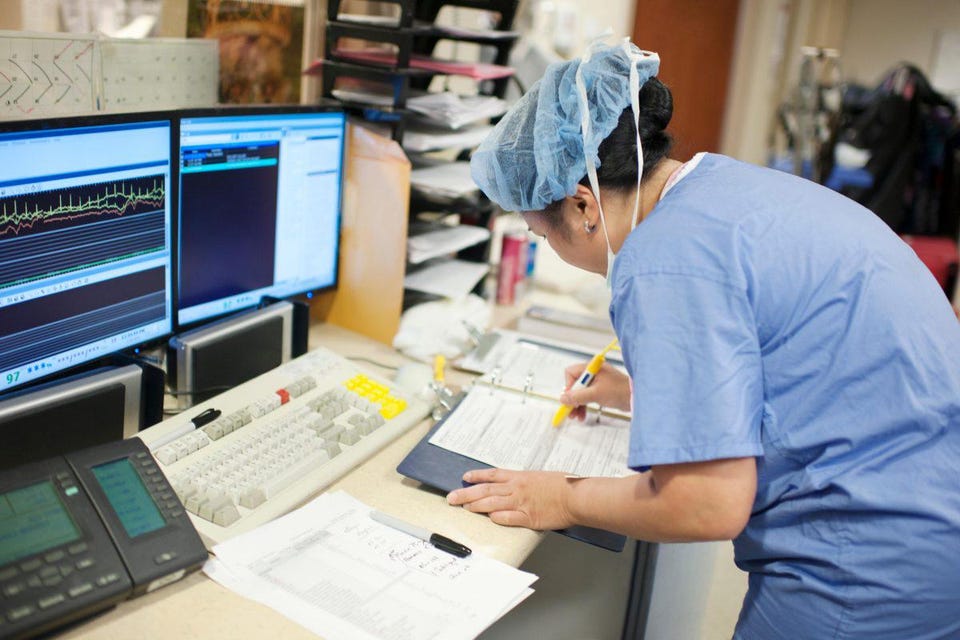
These are not small problems. Administrative inefficiencies can mean errors and delays in patient care that lead to the avoidable and tragic loss of lives everyday. With few ways to gather, store, and share data in a way that protects patient privacy, many groundbreaking studies can either not be conducted or cannot convince people to provide data. This means life-saving research — cancer cures, disease predicting models, and infectious disease prevention — cannot be conducted. Bad supply chain management can leave hospitals without vital drugs and allow the misuse or even counterfeit sale of pharmaceutical drugs.
Fortunately, there’s Web3.0. The weaknesses of the healthcare industries are the strength of Web3.0 technologies. The entire Web3.0 ecosystem is built on the values of decentralisation, data privacy, and efficiencies.
Privacy, Guaranteed
Healthcare is a field in which data privacy is uniquely important. Think about it — when someone steals medical data, they aren’t just stealing internet history or usage data. Hackers can steal confidential medical information, body scans, medical reports, drug prescriptions, payment information, and most worryingly even a patient’s entire genome. The USA alone reported 692 large healthcare data breaches in a period of just 11 months. Over 42 million people’s data was exposed in illegal and dangerous ways.
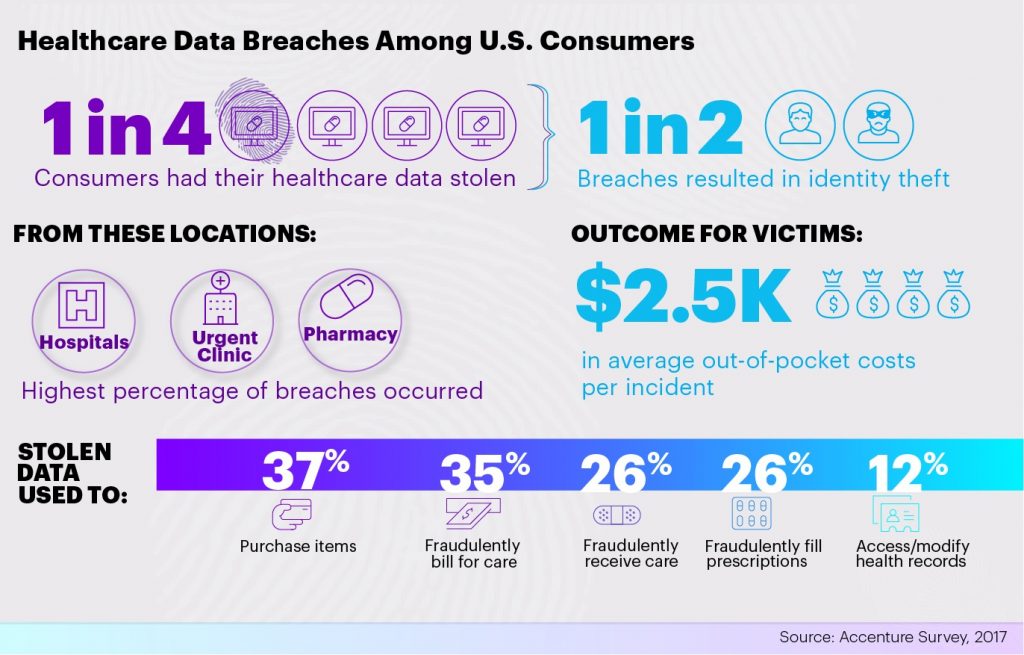
This is obviously terrible for patients who have to contend with their personal medical and financial data being stolen during an already vulnerable time. However, there is an unforeseen effect that is even worse in the long-term. Mistrust in healthcare data handling means people are not willing to share their data for medical research. Research in any field relies heavily on having large, diverse sample sizes and a large database. Without this, the quality of studies are compromised and some studies are even made impossible. It’s simple — without lots of data, progress in the medical field is slow and less accurate.
Enter blockchain. The blockchain is a completely secure, decentralised ledger that allows the storage and transfer of massive amounts of data with little to no risk of hacking. It does this by distributing data across several decentralised ‘nodes’ instead of storing them in one central location. This means there’s no one weak point for a hacker to attack. If even one node is attacked, altered, or behaving suspiciously, the whole chain is notified. And once data is added to the blockchain it is locked, meaning it cannot be tampered with.
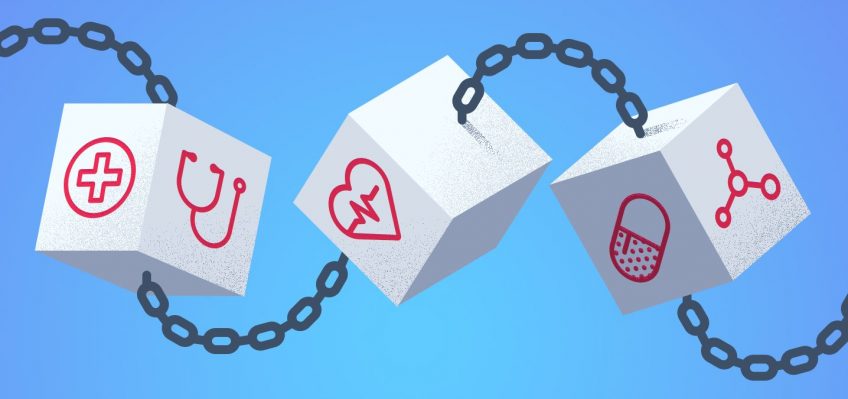
Hospitals, research institutes, and drug development companies are already beginning to shift to blockchain storage. Sensitive medical data is inputted without any identifying markers (e.g. an X-ray without a patient’s name) and it is available to be used for clinical trials, genomic studies, or other research. Most importantly, it allows the healthcare field to become one that patients can trust and rely on completely during difficult times.
Revolutionising Disease Prediction
Increasing medical databases is huge, but it barely scratches the surface of what Web3.0 can do for medicine. The blockchain is going to revolutionise the field of genomics. Genomics is the study of the human genome to understand and cure diseases straight at the source. In short, it’s the cutting edge of medicine. It makes sense then, that it’s been one of the early adopters of Web3.0 technology — AI, Machine Learning (ML), and blockchain. But how are they helping?
Thanks to new learning models and data structures the blockchain is helping researchers create some of the most accurate and fast disease prediction models in the world. Blockchain is helping identify, flag, and treat devastating diseases like cancers, COVID-19, lung pathologies and many others. This is done by training powerful AIs using machine learning.
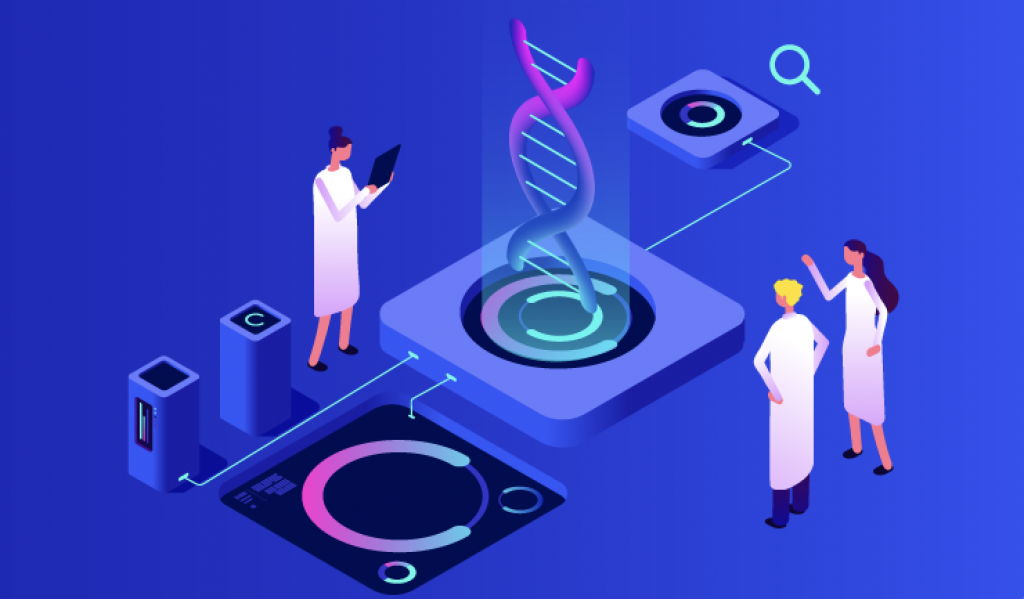
The AI are fed a large dataset of scans and cell slides and learn to identify cancerous cells and other diseases. This is extremely revolutionary technology because it means diseases can be flagged faster than ever before and even without the input of a doctor. For cancer patients, this saved time can mean the difference between life and death. For infectious diseases, this can mean the difference between a small outbreak and a pandemic.
Here too, very large datasets are necessary to train the AI and optimise its accuracy and speed. Genomics also comes with its own unique challenges. Because the data includes entire genomes, it is extremely weighty to store and transfer. This means local solutions are required. However, once again because of the scale of the genomic challenge, collaboration is absolutely essential to any progress. So data must be transferred between research centres across the world while remaining private and not breaking strict data sharing laws.
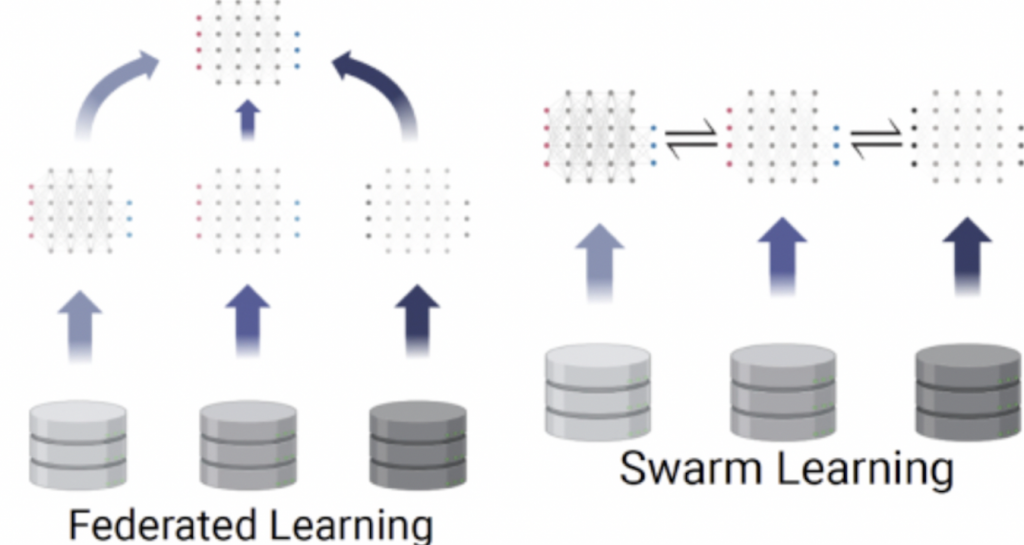
Previously, this was done by training AI locally using raw data and then sharing the parameters across research centres through a central system. This is called Federated Learning. It has some advantages — it avoids legal issues by keeping participant data local using edge computing and it allows for collaboration. However, there being a central custodian means that it is not entirely democratic and it has an obvious weak point for bad actors to exploit.
However, recently cancer researchers have begun to use Swarm Learning (SL). Using SL means that the raw data is still treated locally but the AI parameters are uploaded to the chain and accessed independently by the different nodes. This means there is no central authority or aggregation of power and no singular weak point. It’s more secure, democratic, and most importantly it’s as or more accurate as any of the existing learning models.
Save Time, Save Lives
While the administrative applications of Web3.0 may not be as exciting as using Ethereum to cure cancer, the time, money, and effort saved adds up over time. Currently, hospitals bleed money because of the massive amount of paperwork and the endless possibilities for human error. This makes patient care worse, slower, and more expensive.
Using blockchain, hospitals, patients, and insurance companies can all create a single ‘point of truth’ for a patient or institution. This means instead of repeatedly having to give the same medical information to different hospital staff and systems, users can create one profile. This profile can be a medical history containing encrypted test results and past procedures. This could be the verification and licensing details for institutions. This could also be a medical chart. Because the user doesn’t have to keep copying data, they save time and reduce the potential for error massively. Again, since the data is on the blockchain, it is encrypted and incredibly secure. Once the data is inputted and verified, any institution can use it without having to re-collect it.
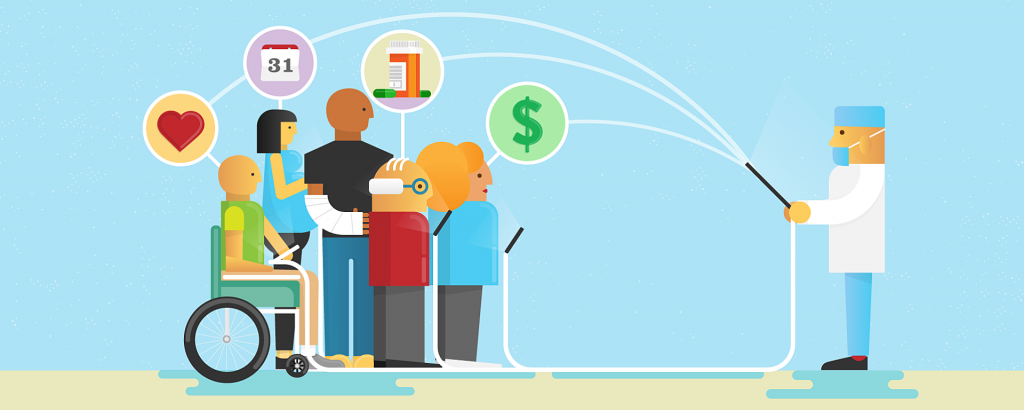
To simplify larger institutional hassles, hospitals can use smart contracts. These are self-executing programs that run on a blockchain to automate tedious processes. This could shorten patient onboarding, speed up the procedure to receive approvals for treatments and drug trials, and eliminate the messy bureaucracy that plagues medical institutions. Over just one year, this would save billions of dollars in spending, even more from being wasted on errors and inefficiencies and thousands of man hours. If there’s any field that this is invaluable to — it’s healthcare. Fast and cost-effective means healthy, while slow and error prone could mean fatal.
Supply Chain Management
Smart contracts can also be used to manage the supply chain for pharmaceutical drugs and medical devices. While supply chain management is important for every industry, in healthcare again, the stakes are incredibly high. A mismanaged supply chain could mean running short of life-saving drugs and medical equipment or even providing patients with counterfeit medicine. Smart contracts prevent corruption and bottlenecks by being self-enforcing and unhackable. Because they are automated, they are essentially infallible. Furthermore, the blockchain maintains a record of all signoffs, transactions, and alterations ensuring that everything remains transparent and smooth.
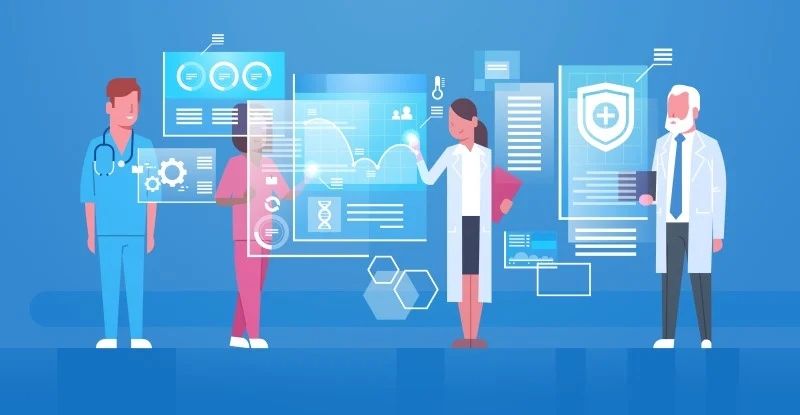
It’s easy to dismiss Web3.0 as a trend without seeing the thousands of applications it has. However, there is no arguing with its potential in the medical field, and therefore the world. It’s not just making hospitals more efficient and improving patient care. It’s not even just restoring trust in medical institutions and privacy. It’s improving research, predicting diseases, and saving lives. Web3.0 is the future of humanity’s healthcare.

